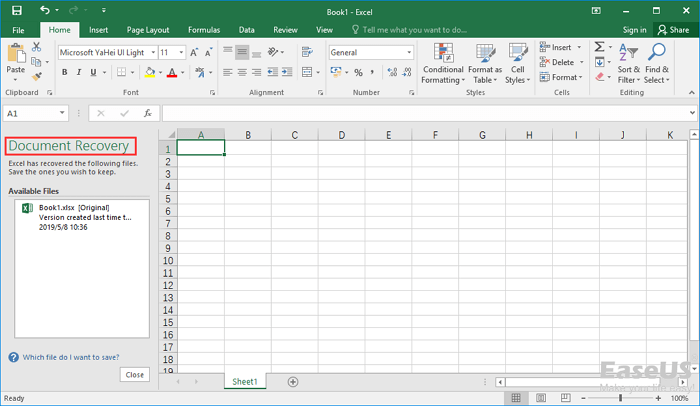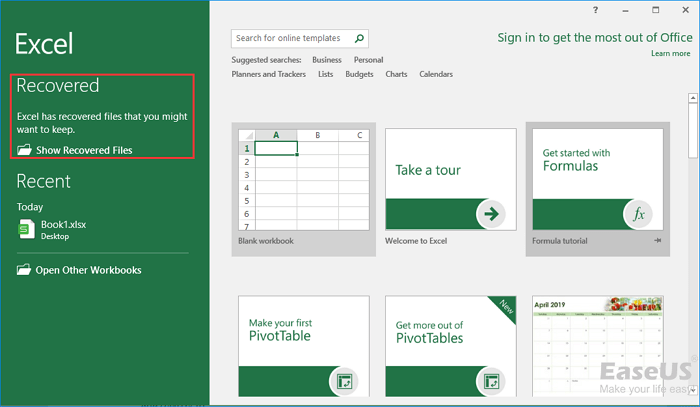

(For those of you thinking “That’s not a very big list,” the list is incomplete – it only contains data from the date we started using that specific SharePoint list). I now have ONE spreadsheet with 30 columns and 309 rows (which is growing daily as I continue to add more data) that manages a list of active and inactive clients. The best part is, Darren or I can go in the Master file to update the information, then create a copy as a separate file to slice and dice the data to get what we need to do a mail merge, then toss that copy when we’re done without the need to store duplicates.

That’s why I created a Master Client List in Excel (stored in a SharePoint library) that keeps track of all Client information that is not related to Billing or Time Entries.

#REMOVE TABLE IN EXCEL FOR MAC UPDATE#
When I realized the amount of work that would need to be done to update and validate the data to make sure it was clean, free of duplicates, and not missing anyone, this was my immediate reaction:

Client Address (ok, this was more like 6 columns, but I want this blog to be #KISS)Īfter exporting the information, I saved the file to our Marketing SharePoint library and added a column in the Excel worksheet for “Receive Card?” with three choices: “Yes, No, To Be Determined.”.The original worksheet was created using a simple Export to Excel from a SharePoint list with three columns visible: The idea was we could reuse the 2015 list for our 2016 mail-out, after adding the 30+ new clients we started working with this year. Our General Manager, Darren, asked me to track down the Excel workbook we used last year to determine which clients receive Christmas Cards and then create a mail merge to print labels with their addresses to use on the card envelopes. Here’s some back story to give it context: When using Excel today, I hit a roadblock and found a solution that I want to share.


 0 kommentar(er)
0 kommentar(er)
